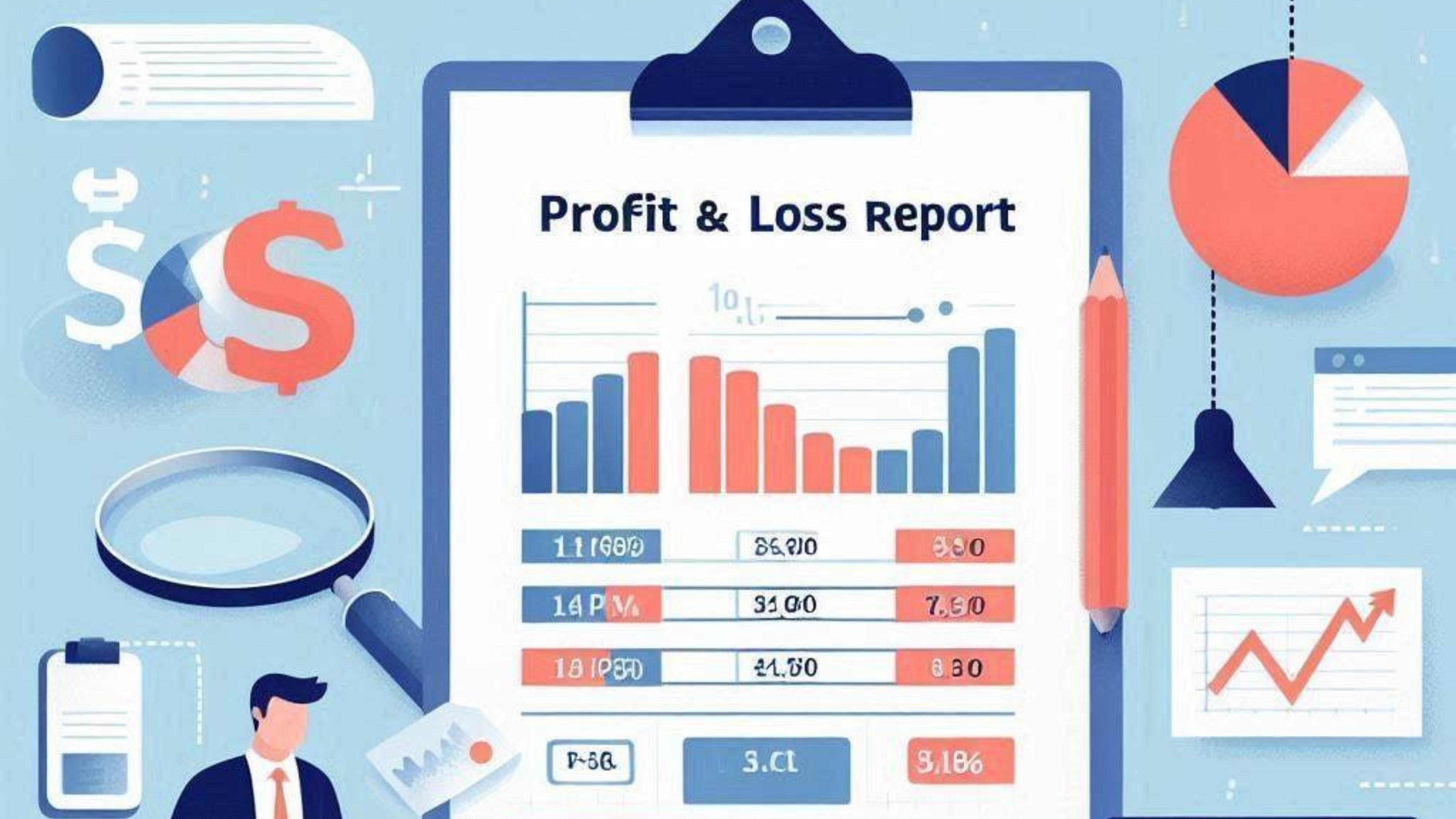
The Rise Of Tier 2 and 3 Investors In India’s Markets
How Indians Investors are moving from old to new market moves and growing with the time.
Somewhere between the kirana shop and the chai stall, amid the local MLA poster and the temple loudspeaker, a quiet revolution has been brewing.
It’s not a protest or a tech boom.
It’s investors in slippers, not suits.
It’s Bharat logging into the markets.
Just a few years ago, investing in stocks or mutual funds from a Tier 2 or Tier 3 city was either an aspiration or an accidental experience via Life Insurance Corporation (LIC) agents or chit funds.
The idea of Systematic Investment Plan (SIPs) or initial public offerings (IPOs) was alien unless you lived in a metro or worked in a bank.
But Fiscal Year 2025 tells a very different story—one of roaring SIP flows, enthusiastic IPO hunters from Indore to Guwahati, and a booming appetite for equity and debt.
SIPs & Saavdhaani: Bharat’s Balanced Portfolio Play
Let’s be honest—Bharat isn’t just chasing IPO glitz.
It’s learning to balance the shine safely.
SIPs are booming, sure—₹26,632 crore in contributions just in April 2025, with 8.38 crore active accounts doing their quiet compounding rituals.
That’s almost double the SIP pace of FY22.
Assets managed? ₹13.6 lakh crore.
For perspective, that’s more than twice what it was three years ago.
From asking ‘SIP kya hota hai?’ to comparing large-cap vs mid-cap funds, Bharat has travelled financial miles without leaving town.
And here’s the twist: while equity headlines get all the glory, Bharat’s now flirting with debt like it’s the new cool.
Why not? The 10-year government bond yield is holding steady at 6.9%, while equity earnings yields are snoozing at 4.5%.
Corporate bonds alone have ballooned to $602 billion out of India’s total $2.69 trillion debt stockpile.
Even the global biggies—Foreign Portfolio Investors (FPIs)—have noticed.
Their investment limits across G-Secs, state bonds, and corporate debt now sit at a cushy ₹14.70 lakh crore.
And if you’re wondering where this train is headed, note this: India’s total government debt is expected to hit ₹185.27 lakh crore by March 2025.
That’s not just a number—it’s a signal. A shift.
A silent revolution in portfolio allocation that Bharat seems to have already picked up on.
When UPI Met IPOs
You know things are changing when your neighbourhood barber discusses IPO allotments.
The simplified UPI-based application process by the Securities and Exchange Board of India (SEBI) has democratised public issues in ways D-Street never imagined.
UPI transactions surged to 16.58 billion in October 2024, processing ₹23.49 lakh crores, marking a 45% year-on-year growth.
Mobile banking adoption has skyrocketed, with fintech apps allowing seamless transactions.
For retail investors with little more than a bank account and smartphone, IPOs have become the new stock market entry point.
Easy onboarding, e-KYC, and one-click investing have erased the barriers that once kept semi-urban and rural investors on the sidelines.
From Patna to Rajkot, retail participation in IPOs is on the rise, driven by one powerful force—access.
It’s Not Just Money, It’s Mindset
For long, financial literacy was a metro privilege.
Now, regional influencers are explaining P/E ratios in Punjabi, Tamil, and Marathi.
Content in local languages, WhatsApp advisories, and relatable analogies have made the stock market far less intimidating.
A small-town college student can now learn about compounding through memes and make her first investment before finishing her degree.
And let’s not forget the real estate fatigue.
The Gen-Z investor from Ranchi or Nashik doesn’t want to lock capital into an under-construction flat with years of regulatory uncertainty.
She’d rather track her mutual fund Net Asset Value (NAV) in real-time.
Liquidity, transparency, and tech-savviness are redefining the risk appetite.
From Job Seekers to Job Creators
Government schemes like Startup India and the Prime Minister’s Employment Generation Programme (PMEGP) are catalysing this transition from savers to investors, from job seekers to entrepreneurs.
Over 1.57 lakh startups have been recognised, with 51% emerging from Bharat.
These startups have already created 17.28 lakh direct jobs, adding new income and aspirations to their communities.
The Prime Minister’s Employment Generation Programme provides 25-35% subsidies for entrepreneurs in rural and urban areas, encouraging small business growth.
And with more disposable income comes better financial participation.
Startups are introducing Employee Stock Ownership Plan (ESOPs), local influencers are starting fin-ed ventures, and family WhatsApp groups now discuss New Fund Offers (NFOs) along with cricket scores.
What Does This Mean for Investors?
For traders and institutional investors, the rise of Bharat means market depth, liquidity, and volatility patterns will evolve.
Consumer sentiment indicators can no longer rely on metro signals alone.
Bharat is not just a consumer anymore; it’s an investor, a market mover.
Watch for brokerage platforms expanding in Tier 2 and 3 regions, asset management companies (AMCs) focusing on regional SIP campaigns, and even fintech firms tailoring products to local savings habits.
Leading brokerages are opening experience centres in cities like Indore and Lucknow.
We can also see that few leading AMCs have begun running SIP awareness campaigns in local languages across regional TV and digital channels.
Bharat is changing the rules—one SIP, one IPO, one bond at a time.
Because in the next market cycle, an alpha might just come from Amravati, not Andheri.
Sources: CNBCTV18, Livemint, forbesindia, Investing, PIB, Vikaspedia
Vikasdhan - Grow your Dhan with Vikasdhan

